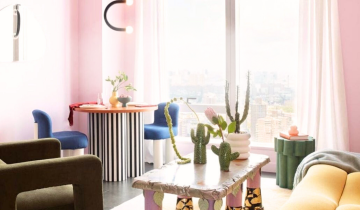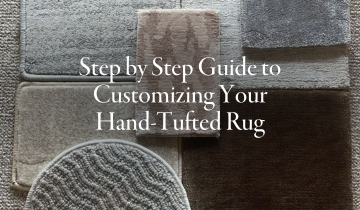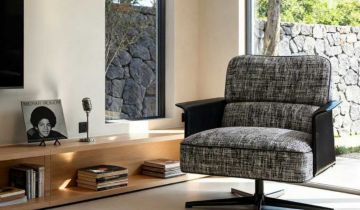What do you think of when you hear about typical Chinese decorations? Sleek and glossy surfaces, dark wood, a warm color palette like a mix of red, gold, and black? Or intricate details?
Creating an attractive interior for your space, whether residential or commercial, using Chinese characteristics is actually very simple. Here are some typical Chinese interior characteristics that can be your reference in preparing Chinese New Year decorations for 2023.
Bamboo Elements

Not only known as the favorite food of the Chinese giant panda, this fast-growing and versatile wood is also a symbol of virtue. It is held in high esteem as a symbol of traditional Chinese values and the potential harmony between humans and nature. Therefore the meaning of bamboo is often depicted in Chinese interiors. Besides that, bamboo ornaments also bring a natural impression to your home.
Lacquer Finishes

Glossy is the specialty of oriental furniture. This lacquer technique is synonymous with Chinese interiors which was quite popular during the Ming Dynasty. It is a skill that is more than 1,400 years old and is being reapplied today in interiors with a more modern feel
Separating Screen

Used for decorative purposes and room division, screens are a common feature in Chinese interior design and there are many options for you to choose from. Usually, folding screens are decorated with detailed murals on mythological or historical themes.
Lattice Work

Chinese design pays attention to detail and precision in the decorative pieces that are made. Unique grilles are often seen incorporated into cabinet doors and furniture trim. Usually using a variety of geometric or flower-based patterns.
Ming Dynasty Table

The Ming dynasty (1386 to 1644 AD) is called the ‘golden era’ in ancient Chinese furniture. Until now the decoration is adapted to modern furniture without forgetting craftsmanship and exceptional craftsmanship. These tables should be simple in terms of structure with minimal décor.
Tips to Remember When Decorating:
Order and Flow: Build serene interiors and plan pathways that make it easy to move around the room.
Play of Colors: Rich colors are another important aspect of traditional Chinese interior design. When the abundant red, ebony and gold hues are put together, it creates a strong oriental design feel in your space.
Decorative Elements: Chinese design subtly includes decorative forms. To really develop a Chinese-inspired scheme, add carved pieces like furniture or lamps, look for intricate latticework, and finish with essential accessories like sculptures, bonsai or fabrics.




 No products in the cart.
No products in the cart.